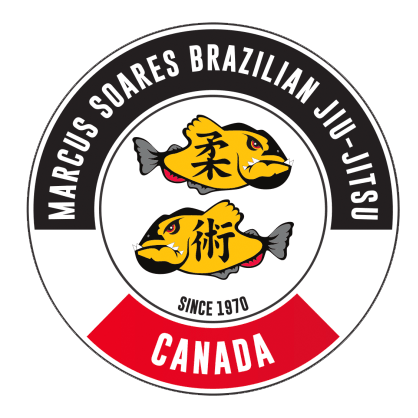Brazilian Jiu-Jitsu, A Modern Self-Defense Method And Sport
Brazilian jiu-jitsu (BJJ for short) is a martial art, a combat sport, and a self-defense method that originated in Brazil in the early part of the 20th century. A direct descendant of Kodokan judo, Brazilian jiu-jitsu is a grappling art that focuses on taking the opponent to the ground and using a variety of holds, pins, chokes, and joint locks to subdue an assailant. And, while it has its origins in Brazil, it is one of the fastest growing martial arts and sports in the world, and is practiced the world over as both a sport and a self-defense method.
A Brief History of Brazilian Jiu-Jitsu
In the late 1800s, Jigoro Kano was a jiu-jitsu instructor in Japan who wanted to make jiu-jitsu practice more appealing and accessible to the masses. Originally, jiu-jitsu was a samurai martial art that was designed to be used to disarm and incapacitate an armed attacker using unarmed techniques. Traditionally, jiu-jitsu relied on a vast repertoire of standing joint locks, strikes, throws, and takedowns, with an emphasis in some systems on wrist locks (as can be seen in the modern art of aikido, which also descended from jiu-jitsu).
However, Kano was a practical man and saw the limitations of the traditional training methods of Japanese jiu-jitsu. So, he implemented several innovations into the art, including randori (free fighting) and placing a heavier emphasis on throws, chokes, and submission techniques; these innovations eventually evolved into judo. His version of jiu-jitsu caught on quite rapidly in Japan, so much so that the rapid growth was responsible for Kano instituting the modern belt rank system that so many other martial arts use today, as a means of quickly being able to determine the experience level of a large group of students.
As the popularity of judo grew in popularity in Japan, Kano set his sights on spreading the art to the West. To further this aim, he began sending out some of his top judo players as ambassadors of judo. One of these men was Mitsuyo Maeda.
Maeda was a ne-waza (ground techniques) expert and a man who was always ready to prove the efficacy of judo to all comers. In spreading the art and reputation of judo, he traveled to various countries in Europe, North America, and South America, eventually settling in Brazil. It was there that he met a man by the name of Gastao Gracie, and would later teach his son Carlos Gracie, as well as Luis Franca and other notable pioneers in the Brazilian jiu-jitsu community.
These early pioneers took what they learned from Maeda and other Japanese judo and jiu-jitsu instructors who had immigrated to Brazil, and continued to develop and evolve the art through hard training, experimentation, and testing their techniques through challenge matches. These challenge matches were held both between schools of jiu-jitsu, and with boxers, wrestlers, and lay persons. It is in this environment of fighting and hard training that Brazilian jiu-jitsu was born.
Modern Brazilian Jiu-Jitsu
Modern Brazilian jiu-jitsu owes its roots directly to the early Brazilian judo and jiu-jitsu pioneers who adopted the art they received from their Japanese teachers, and then further developed it into the modern martial art and combat sport it is today. And, in like manner modern BJJ is a constantly evolving art. Due to its emphasis on pure performance and competition, a desire to win and the natural one-upmanship of Brazilian jiu-jitsu practitioners has resulted in numerous evolutions and expansions of the original techniques of the art.
That being said, one should not think of BJJ as merely being a sport with no practical application. The roots of Brazilian jiu-jitsu always have been and always will be in those rugged challenge matches of the early 1900s, a tradition that persisted throughout the years, eventually evolving into modern MMA. And, because of the unique emphasis on ‘rolling’ or free-fighting in jiu-jitsu, the art remains as practical and pragmatic as ever, despite the spread of BJJ as a popular competition sport.
Brazilian Jiu-Jitsu for Self-Defense
Brazilian jiu-jitsu can be relied on completely as a self-defense method, as it has been proven time and again both through informal challenge matches as well as in the mixed martial arts arena. Furthermore, for the last decade or so it has also been proven on the battlefield as the foundational component of the Modern Army Combatives system. Tens of thousands of U.S. troops have deployed to combat theaters in Iraq and Afghanistan after receiving training in Modern Army Combatives, and the skills they took with them have been reported to be effective in numerous close combat situations.
In particular, one of the unique features of Brazilian jiu-jitsu that the Army found useful for their troops is the fact that BJJ offers several different levels of response to varying levels of threats. What that means is that a soldier can adapt the seriousness of their response to the seriousness of the threat they are facing. And, that same flexibility and adaptability is just as useful for everyday people who want to learn BJJ for self-defense.
Brazilian Jiu-Jitsu for Fun
One of the best things about Brazilian jiu-jitsu is that it can be trained with resistance at nearly full-speed with a high level of safety for the participants. Because of the fact that the majority of BJJ techniques are submission holds and chokes, in practice participants can apply these techniques in such a manner as to allow their training partner to ‘tap out’ or submit before injury.
This means that BJJ, unlike some other arts, can be practiced realistically without the risk of serious harm or injury to students. And that’s what draws people from all walks of life to train in Brazilian jiu-jitsu. The camaraderie, the workout, and the challenge it presents combine for a recreational experience like no other.
Ready to Get Started?
If you’d like to get started in Brazilian jiu-jitsu at one of our four locations in BC (Vancouver, Langley, Surrey, Maple Ridge), call (604) 725-9797 or email us today to schedule an introductory class.

